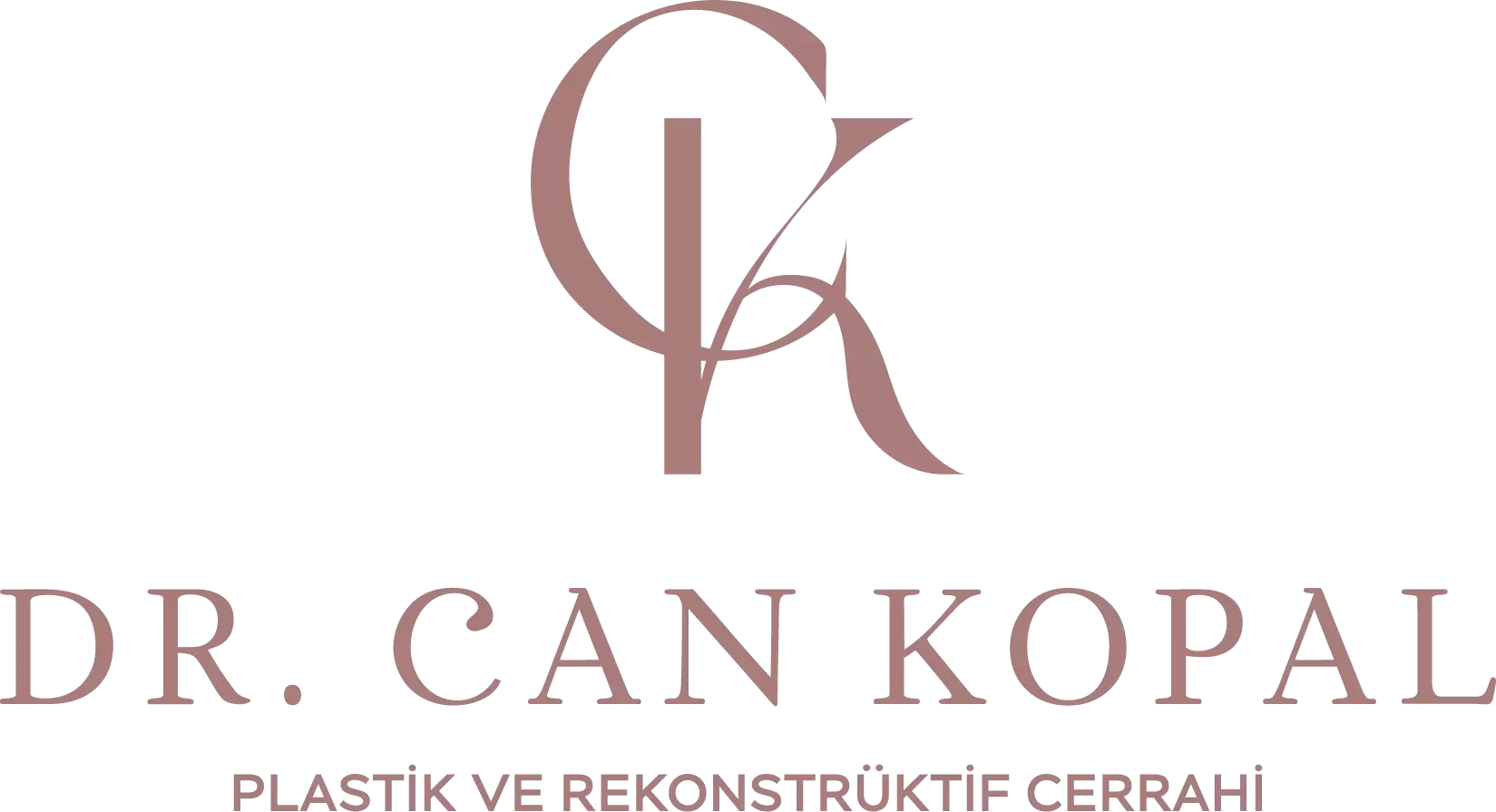Breast tissue consists of two different tissues in male or female. These are normal breast tissue and adipose tissue. The proportions of these tissues vary from person to person. Although gynecomastia is understood as the growth of normal breast tissue, it is known to actually occur with the increase of both breast and adipose tissue.
Although this occurs during birth, the main cause is adolescence. Some studies show that 65% of young people aged 14-15 have gynecomastia, but after 2-3 years, at the age of 18, this rate decreases to 8%. With aging, this rate climbs to 30% or even more. Although the exact cause of gynecomastia is not known, it is undoubtedly due to the effects of circulating hormones on the tissue.
This is probably associated with normal physical findings. Drug use or some organ diseases may lead to this condition.
Operation can be performed with classical gynomastia or liposuction. Which method will be used is determined by the findings obtained by normal examination and ultrasonography.
GYNECOMASTIC TREATMENT WITH LIPOSUCTION; According to examination and ultrasonography results, liposuction works successfully on gynecomastia when fat tissue is dense. The discovery of liposuction has revolutionized the treatment of this condition. In classical gynecomastia, it is possible to reduce the volume of the breast with a 2-3 cm incision to be made with liposuction while surgical excision is performed to remove the tissue.
GYNECOMASTIC TREATMENT WITH CLASSIC OPERATIONAL METHOD: In gynecomastia with dense normal breast tissue, liposuction will fail, so classical gynecomastia method will be the right choice. In this method, reduction is performed by operational excision method. After the operation, drains that vacuums to the operation area are placed. Corset is recommended for 6 weeks. In the classical method, the person can return to work within 10-14 days.




